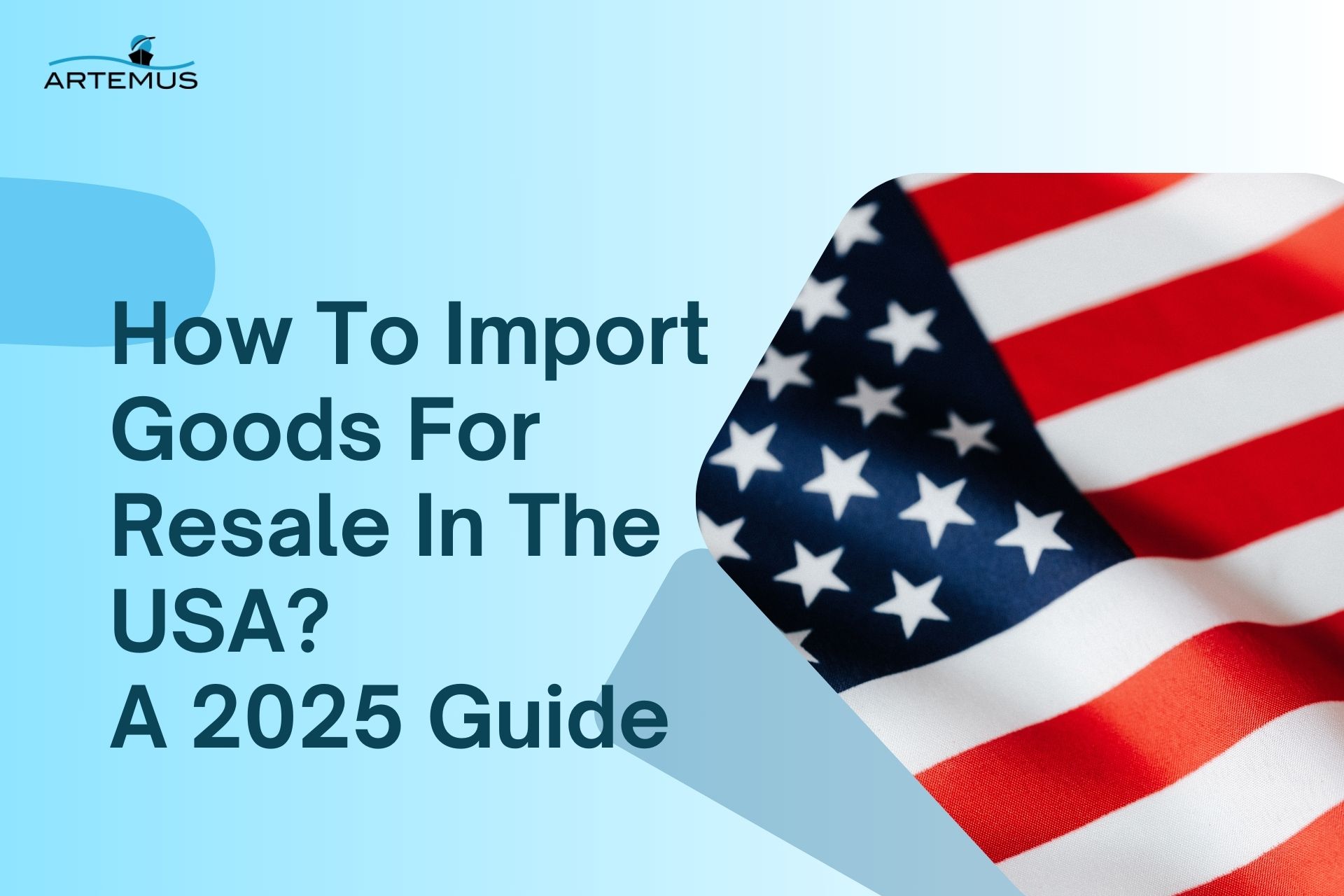
How To Import Goods For Resale In The USA? A 2025 Guide
Importing goods for resale in the USA presents a lucrative business opportunity, but navigating the complexities of U.S. customs regulations,

After customs clearance, your shipment’s journey continues into the realm of logistical management and final delivery. This phase is crucial for ensuring that your goods are efficiently transported to their end destination while adhering to all relevant regulations.
In this blog, we will explore in detail “What Happens After Custom Clearance Completed?” and provide insights into the subsequent steps that ensure your shipments reach their intended recipients efficiently and securely.
Artemus Transportation Solutions enhances this process by providing advanced software solutions that integrate seamlessly with customs compliance systems. The software supports ISF, AMS, & AES filings, ensuring that all required documentation is completed accurately and promptly.
Table Of Contents
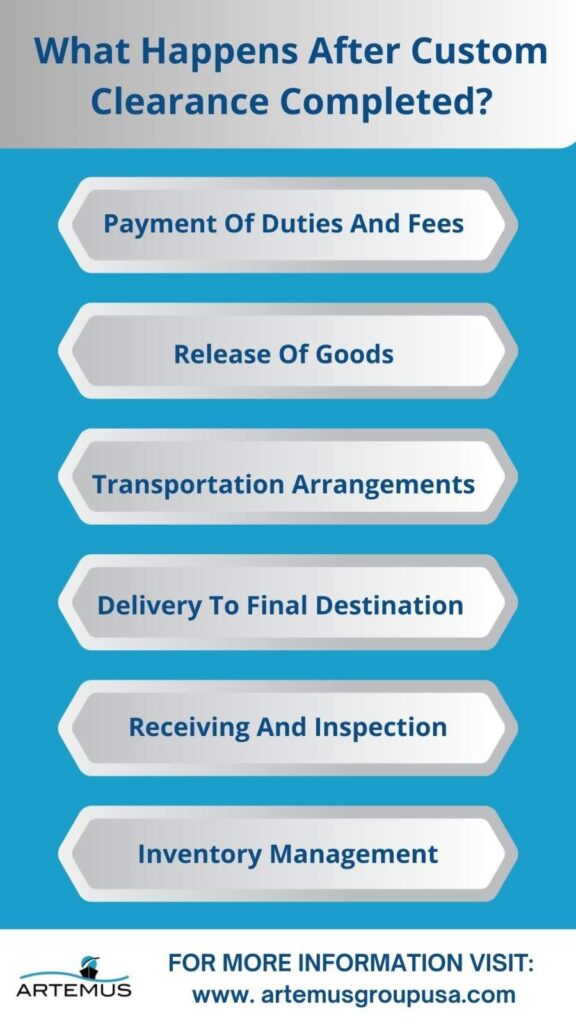
Customs clearance is a critical milestone in the importation process, but it’s just the beginning of the journey for your shipment. Once your goods have cleared customs, several important steps follow to ensure they reach their final destination efficiently and in compliance with regulations.
By following these steps, importers can ensure that their goods are properly managed and integrated into their supply chain after customs clearance. Proper coordination and attention to detail at each stage help avoid delays and ensure compliance with regulatory requirements.
Related: What Does Customs Clearance Completed Mean? Key Takeaways
In the shipping process, “customs cleared” signifies a pivotal point where a shipment has successfully met all regulatory requirements imposed by customs authorities and is permitted to proceed toward its final destination.
This status is achieved after the cargo undergoes thorough inspection and verification to ensure compliance with both domestic and international trade regulations.
Customs clearance begins with the submission and review of critical documentation, including the bill of lading, commercial invoice, packing list, and any necessary certificates or permits. Customs authorities examine these documents to verify the legitimacy and accuracy of the information provided.
This step ensures that the shipment adheres to the legal and regulatory standards of the importing country.
As part of the customs clearance process, any applicable import duties, taxes, or tariffs must be paid.
The customs authorities assess these charges based on the shipment’s value, classification, and origin. The payment of these fees is crucial for the release of the goods from customs control.
Customs authorities also ensure that the shipment complies with all regulatory requirements, including safety standards, import restrictions, and trade agreements.
This includes verifying that the goods do not violate any trade sanctions or prohibitions and that they meet the health, safety, and environmental standards of the destination country.
Depending on the nature of the goods and the shipment’s risk profile, customs authorities may conduct physical inspections or scans. This step is designed to detect any discrepancies or potential security threats.
Once the inspection is completed, and no issues are found, the shipment is cleared for release.
Once a shipment is marked as “customs cleared,” it signifies that all regulatory and compliance requirements have been fulfilled.
The cargo is now free to proceed to its final destination, whether that be a warehouse, distribution center, or directly to the end customer.
Related: What Is A Certificate Of Origin For A Vehicle? Key Details
Clearing a shipment through U.S. Customs involves paying various duties and taxes based on the type of goods being imported, their value, and their country of origin. Here are the primary duties and taxes involved:
These fees and taxes are calculated based on the declared value of the goods, their classification, and any applicable trade agreements or special duty rates.
Importers should ensure they have the correct HTS code for their products to determine the specific duty rates and fees applicable to their shipments.
Related: What Is HS Code In Shipping? The Harmonised System
The customs clearance process can be complex and may present several challenges, including:
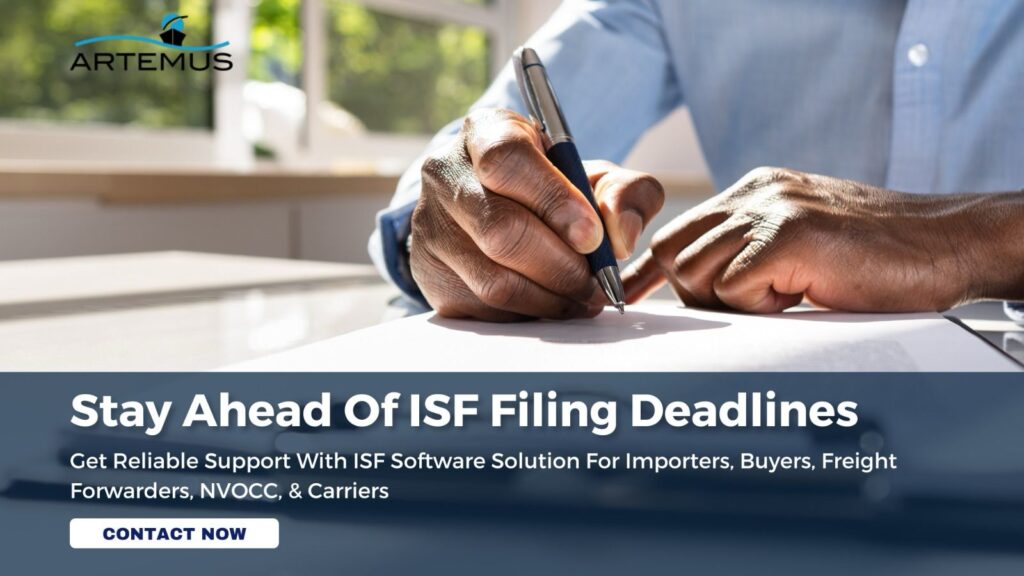
Artemus offers a cutting-edge software solution for customs compliance, specializing in ISF (Importer Security Filing) and AMS (Automated Manifest System) filings. Our platform simplifies the complexities of regulatory requirements, ensuring timely and accurate submission of essential data to U.S. Customs and Border Protection (CBP).
By automating and streamlining the filing process, Artemus helps businesses maintain compliance with ease, reduce the risk of costly errors, and enhance operational efficiency.
With our advanced tools, you can confidently manage your import and export documentation, facilitating smoother cross-border transactions and avoiding potential delays.
Related: How Long Does Sea Cargo Take? What To Expect
After customs clearance, the next step is the transportation and delivery of goods to their final destination, involving logistical management and final-mile coordination to ensure timely and efficient delivery.
After customs clearance, the shipment moves to the logistics phase where it is transported to its final destination, ensuring that all regulatory requirements are met and any necessary final procedures are completed.
After the clearance process, goods proceed to the final stages of transportation and delivery, including logistics management and final distribution to their intended destination.
Customs clearance typically occurs within 1-5 days after arrival, but the exact timing can vary based on the efficiency of the customs process and any additional inspections required.
The delivery time after customs clearance depends on the shipping method and destination. Typically, it takes 1-3 days for your package to be delivered once cleared.
After customs clearance, your package will be transferred to the local courier for final delivery. This step typically involves scheduling the delivery to your address.
Once clearance is completed, the goods are released for delivery. The shipment is handed over to the delivery service for final processing and transport to the recipient.
Delivery usually occurs within 1-3 business days after customs clearance, depending on the shipping method and destination location.
“Picked up by customs clearance company” means that the shipment is being processed by the customs team and is being cleared for entry into the destination country.
If your shipment is held after customs clearance, it could be due to additional inspection or documentation issues. You may need to provide more information or pay additional fees to release the shipment.
The costs associated with customs clearance include duties, taxes, clearance fees, handling charges, and possible storage fees. These costs vary depending on the shipment’s value, destination, and the type of goods being imported.
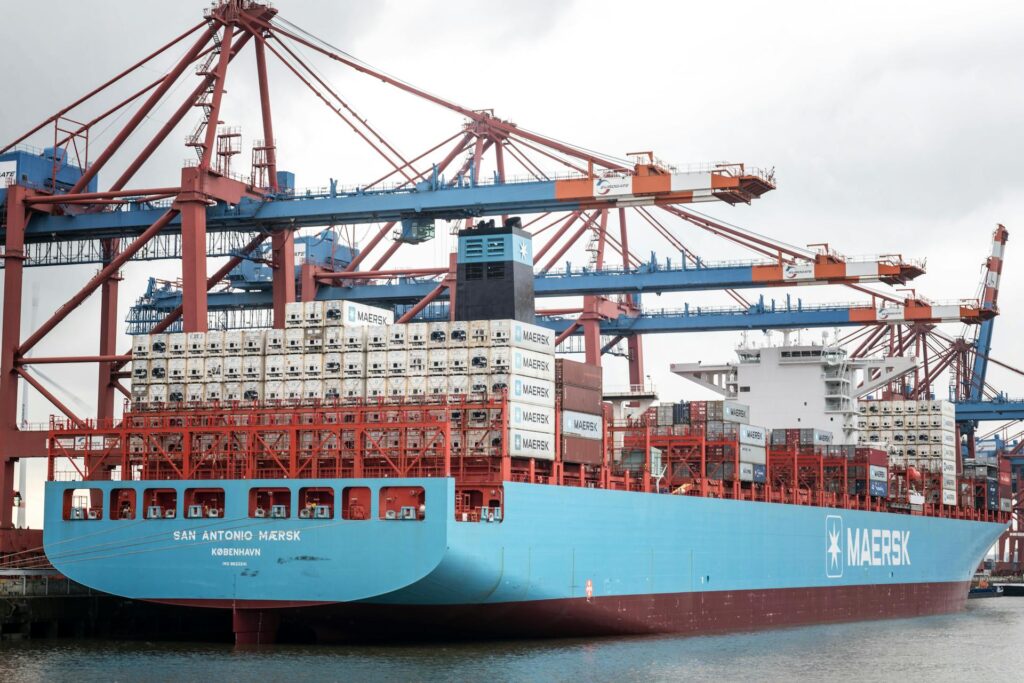
Understanding “What Happens After Custom Clearance Completed” helps streamline the entire logistics process, ensuring your shipments are handled with care and precision until they reach their intended recipients.
After customs clearance is completed, the shipment moves into the next phase of its journey. This involves coordinating with freight forwarders for transportation, handling any additional documentation, and ensuring smooth delivery to the final destination.
Efficiently managing these steps is crucial to maintaining the integrity and timely arrival of the goods.
Related: 10 International Shipping Documents To Must Have In 2024

Importing goods for resale in the USA presents a lucrative business opportunity, but navigating the complexities of U.S. customs regulations,
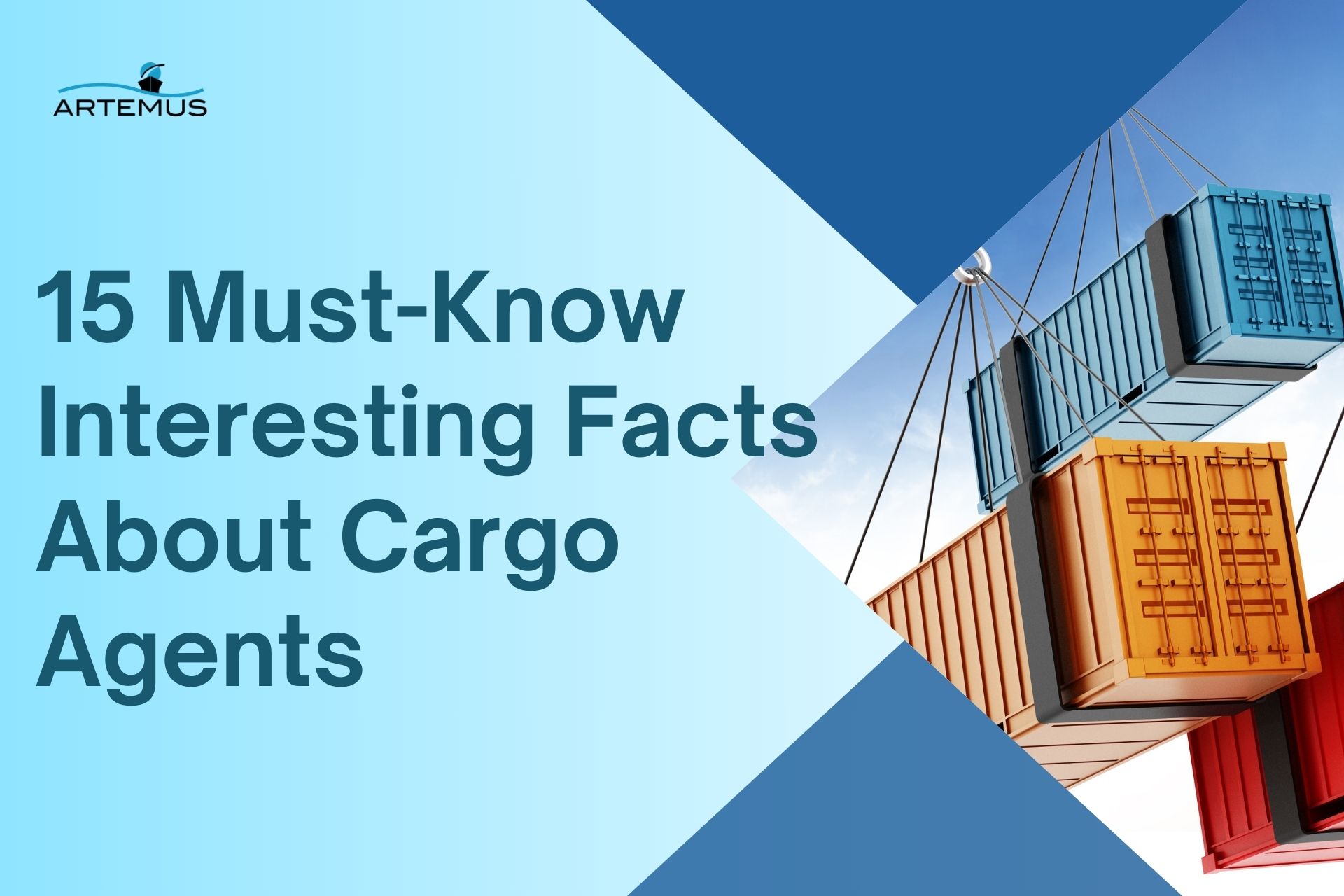
Cargo agents are the backbone of the global logistics and shipping industries, managing the complex web of tasks that ensure
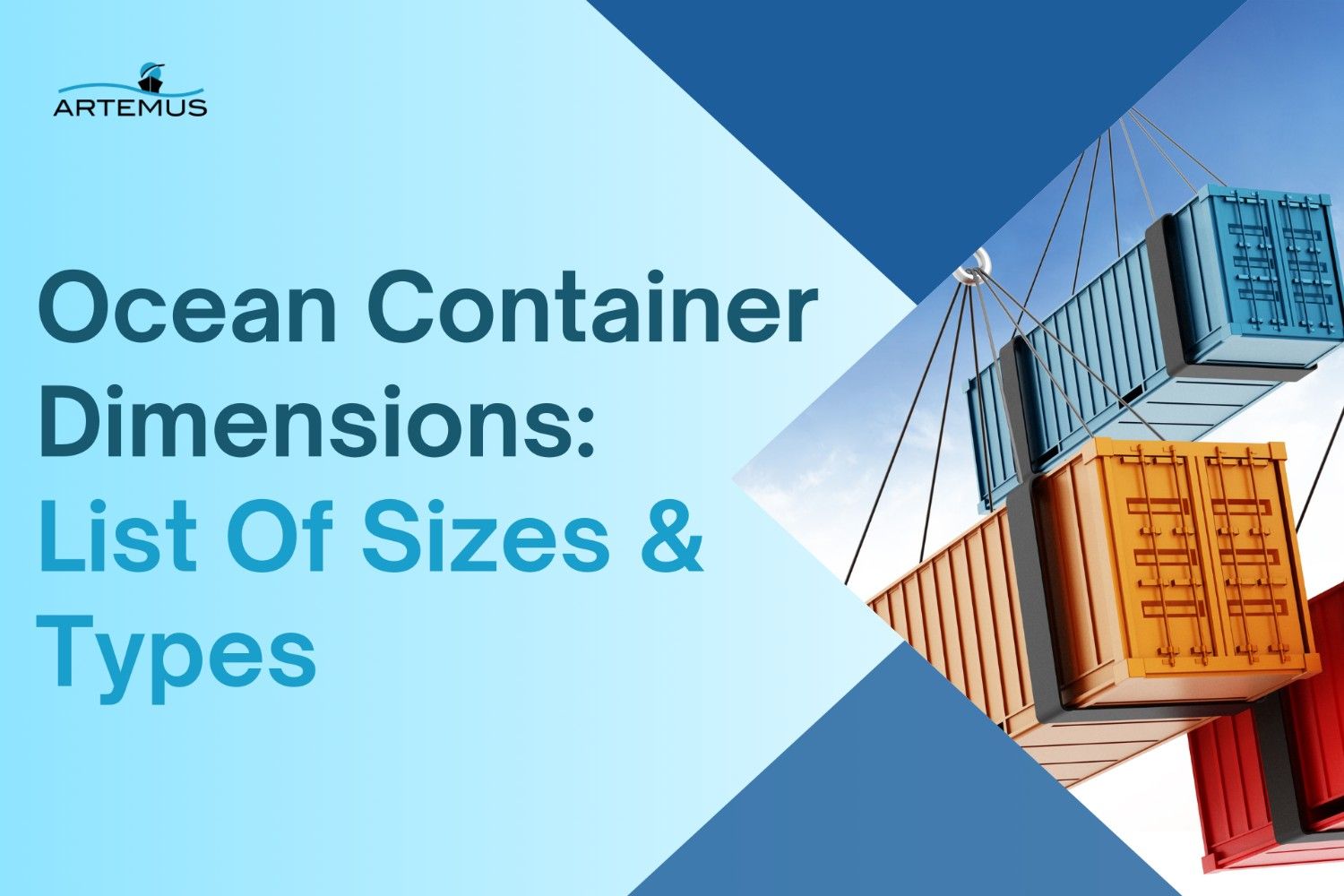
Ocean container dimensions are essential for efficient global shipping, ensuring that goods are transported safely and cost-effectively. Understanding container sizes,
Get In Touch
Artemus’ Software Solutions for ISF, AMS, Japan AFR, eManifest Canada, & Panama B2B filings.